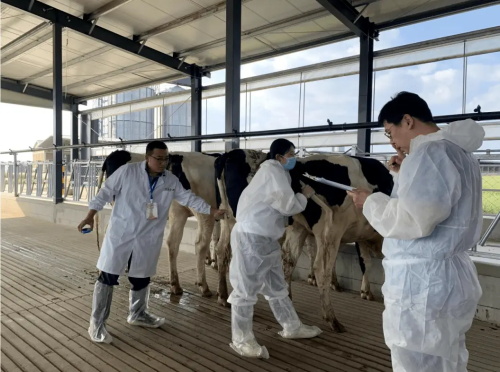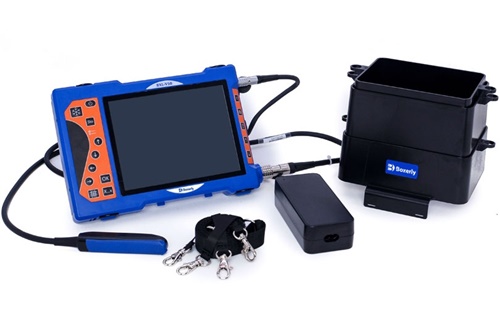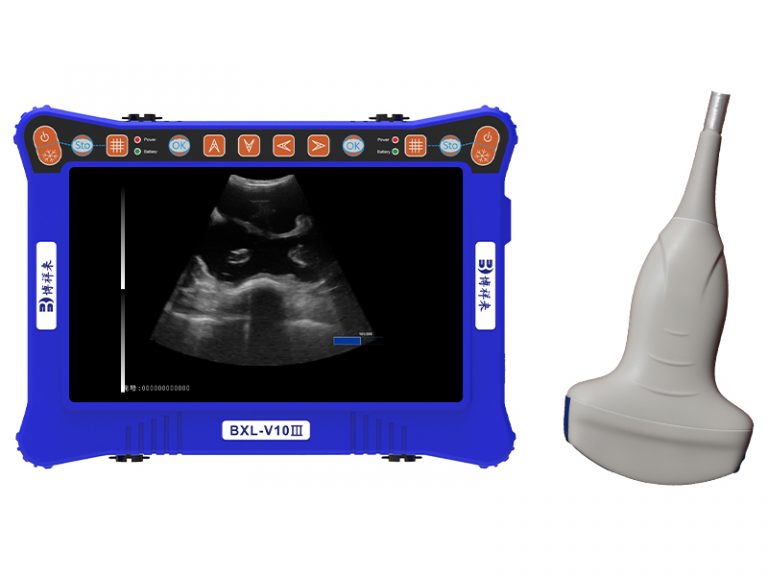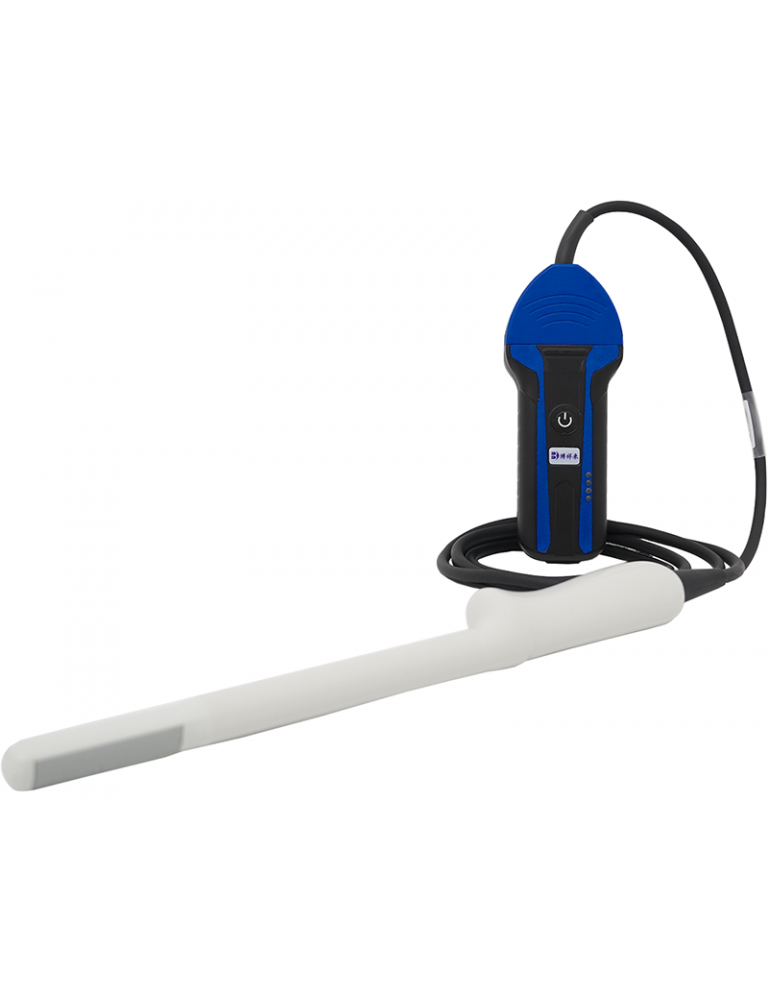OPU Technology Enhances Efficiency and Genetics in Livestock Reproduction
In modern livestock production, achieving high reproductive efficiency is essential for economic sustainability and genetic improvement. One of the most impactful advancements in this area is Ovum Pick-Up (OPU), a reproductive biotechnology that has revolutionized breeding practices in cattle, sheep, goats, and other livestock species. OPU, when integrated into embryo transfer (ET) or in vitro fertilization (IVF) programs, allows producers to accelerate genetic gain, maximize the reproductive output of superior females, and strategically plan breeding cycles. This article explores the role of OPU in livestock reproduction, its procedures, advantages, and how specialized equipment enhances its success.

Understanding OPU and Its Applications
Ovum Pick-Up (OPU) is a technique used to collect immature oocytes (egg cells) directly from the ovaries of live females using ultrasound-guided follicular aspiration. These oocytes are then matured and fertilized in vitro (outside the body), and the resulting embryos are either transferred into recipient females or frozen for future use.
The technology is applicable across multiple livestock species, but it has seen the most widespread use in cattle breeding programs. OPU is often performed on elite donor cows that have high genetic value, allowing breeders to produce numerous offspring from a single animal over a short period of time—far more than would be possible through conventional breeding or even superovulation-based embryo transfer.
The OPU Procedure: A Veterinary Perspective
The OPU process typically begins with hormonal stimulation of the donor female to encourage the development of multiple ovarian follicles. However, in some systems—particularly with Bos indicus cattle—hormonal treatment may be skipped altogether, as these breeds naturally produce a larger number of follicles.
Once the follicles reach optimal size (usually between 2–8 mm), the donor animal is restrained, and the procedure is carried out using a transvaginal ultrasound probe equipped with a needle guide. Under sedation and epidural anesthesia for comfort, the veterinarian uses the ultrasound to visualize the ovaries, puncture each follicle, and aspirate the follicular fluid containing the oocytes. The entire process typically takes 20–30 minutes per session and can be repeated every 7–14 days, depending on the reproductive status and condition of the donor.
Recovered oocytes are immediately transferred to a laboratory where they are graded for quality, matured, fertilized with selected semen, and cultured until they reach the transferable embryo stage.
Benefits of OPU in Livestock Breeding
-
Genetic Advancement:
OPU accelerates genetic progress by enabling more offspring to be produced from genetically superior females. For example, a high-value dairy cow might produce 100 or more embryos in a year through OPU-IVF, compared to 5–10 through natural breeding. -
Shortening the Generation Interval:
With traditional breeding, a producer must wait for the animal to mature, breed, gestate, and wean its offspring. OPU allows embryos to be created and implanted in recipient females rapidly, greatly reducing the time between generations. -
Efficient Use of Donor Females:
Even animals with reproductive limitations—such as those that are infertile due to uterine problems but still produce viable oocytes—can be used as donors. This is particularly useful for preserving the genetics of aging or injured animals. -
Year-Round Reproduction:
Unlike seasonal breeding limitations, OPU programs can be carried out year-round, allowing for continuous production planning and better inventory control of replacement animals. -
Strategic Breeding:
OPU provides flexibility in matching elite donor females with multiple sires, facilitating more precise genetic combinations and reducing the risk associated with a single breeding decision.
Key Considerations for Successful OPU Programs
Several factors influence the success of an OPU-IVF program, including:
-
The donor’s reproductive status and follicular reserve.
-
The skill of the veterinarian or technician performing the aspiration.
-
Quality of the oocyte handling and in vitro maturation procedures.
-
Semen quality and fertilization protocol.
-
Synchronization and health of recipient females.
It is also crucial to consider the “open days” or anestrus period in donor cows, especially those that are lactating. Ideally, OPU should be planned during a cow’s postpartum anestrus or open period when hormonal levels and ovarian function are optimal for oocyte recovery. Monitoring the cow’s reproductive cycle using ultrasonography or hormone profiling helps improve success rates.
Advanced Equipment Enhancing OPU Outcomes
The efficiency and comfort of the OPU procedure are heavily influenced by the equipment used. High-quality ultrasound machines with needle guidance systems, aspiration pumps, and specialized transvaginal probes are essential for achieving accurate and minimally invasive follicle aspiration.
Veterinary teams working with professional OPU equipment can perform more consistent and gentle aspirations, reducing trauma to the ovarian tissue and increasing the number of viable oocytes recovered. Equipment that is ergonomically designed and easy to sterilize also contributes to animal safety and procedural efficiency.
For instance, leading-edge veterinary OPU devices incorporate real-time imaging, intuitive controls, and variable pressure settings tailored for delicate oocyte retrieval. These systems allow for the fine-tuned collection of oocytes in high numbers without compromising animal welfare.
Veterinary teams using modern OPU platforms can work efficiently even in field conditions, collecting oocytes from multiple donor animals in a single session and ensuring a steady pipeline of embryos for transfer or freezing.
Conclusion
Ovum Pick-Up (OPU) has become a cornerstone of advanced reproductive management in the livestock industry. It empowers producers to multiply superior genetics, shorten generational gaps, and expand breeding potential beyond natural limits. By combining veterinary expertise with reliable, professional equipment, livestock operations can optimize both productivity and profitability.
As demand for precision breeding increases, OPU will continue to play a vital role in shaping the future of animal agriculture—enabling smarter, faster, and more sustainable genetic improvement across all sectors of livestock production.






I’m studying livestock breeding and would like to learn more about the real-world applications of OPU technology. Are there any case studies from British farms?